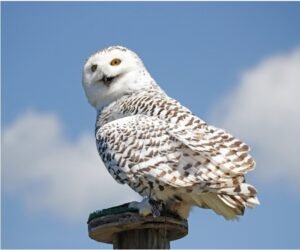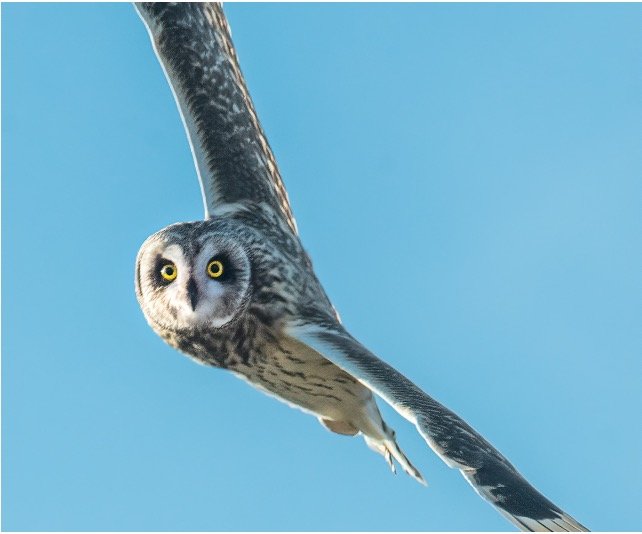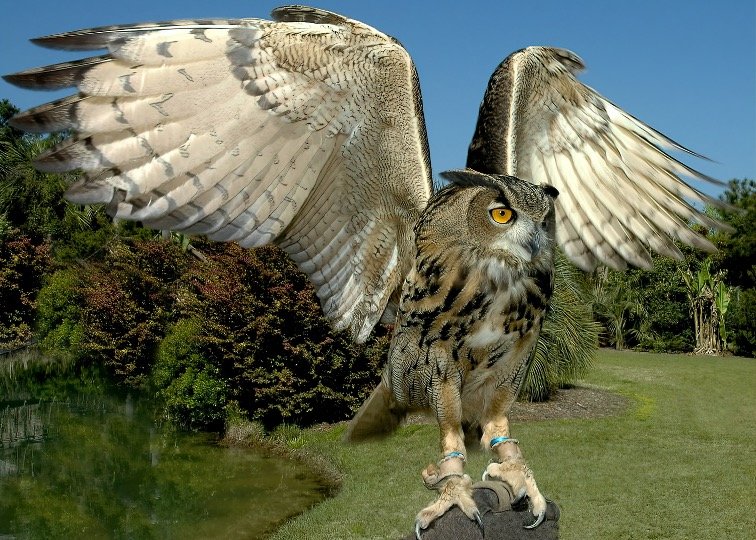
Where I Can Find Owls?
Like most wildlife in their natural habitats, owls are not likely to be seen often. Nocturnal and often solitary, they are usually shy of humans and avoid them when possible. Specialized wing feathers allow them to fly silently, enabling them to catch prey easier and avoid detection.
Owls live in a variety of habitats, including coniferous forests, mountains, deserts, and plains. The snowy owl lives in the cold tundra of the north. Different species of owls live in different habitats as certain species of owls live in wooded areas, rainforests, grassy plains and deserts.
Owls can live in trees, hollowed-out logs, inside cactus, a hole in the ground, barns or the abandoned nests of other birds. They do not make their own nests. Owls patiently stalk their prey from high trees, but do not necessarily live in treetops and can make their home in lower shelter, such as bushes, shrubs and tree trunks.
The burrowing owl lives underground in holes dug by other animals. There are more than 200 different species of owls and they are characterized by their solitary, nocturnal habits.
Do Owls Live In Trees?
Owls live everywhere in the world except Antarctica. Their habitat include deserts, prairies, and even the Arctic tundra. They nest in trees, holes in the ground, in barns, and in caves.
Where Do Snowy Owls Live?

Snowy owls, as the name suggests, refer to owl species that live in the snowy regions of North America but at times also travel to the southern part of the US in search of prey during the winter.
This white-colored owl is also the heaviest owl species in the entire North American region and has a body size of around 20-28 in (50.8-71 cm). The snowy owl builds its nest on elevated ground rather than in trees, unlike many other owl species that choose to build their nests on the branches of trees.
Where Do Great Horned Owls Live?
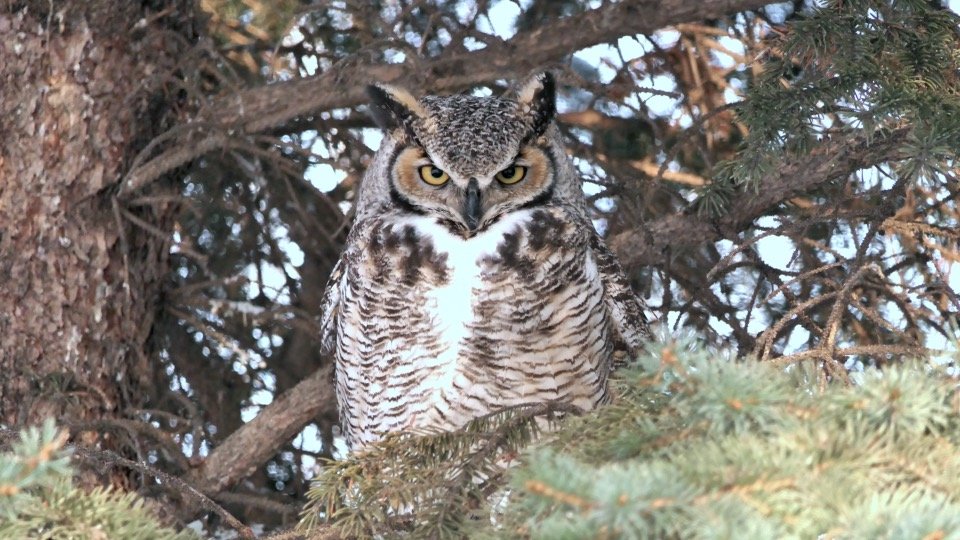
Great horned owls are known to live in a large territory and protects it along with others of its species. Great horned owls are not restricted to only one particular place for building their nests as these birds are known to live in open country, trees, and also in between the edges of meadows and woods.
A great horned owl’s nest can also be found in cavities. Interestingly, some birds of these species also live in nests built by crows, hawks, and magpies in a tree. At times, these birds also eat skunks as their prey which is typical for owl species.
Where Do Owls Live? Everything You Need To Know
This bird can be found in forests, deserts, and woodlands as it is flexible when it comes to choosing a particular habitat and also hunts in any and every habitat. In fact, most owls live in a range of habitats. If you look at tree trunks or branches and find pellets or whitewash, there is a good chance that a horned owl has built its nest there.
Where Do Barn Owls Live?
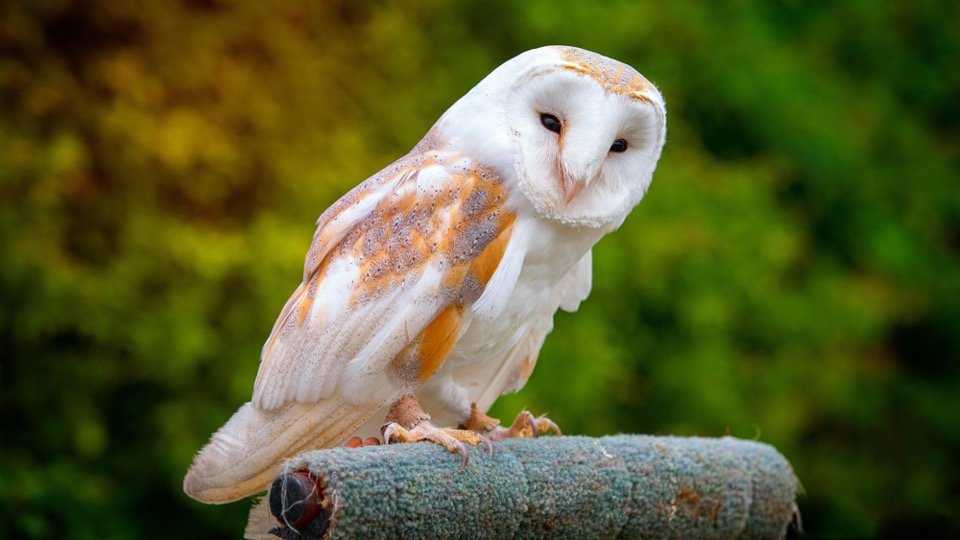
Barn owls have very different habitats when compared to other owls. These birds, although can live in cities, prefer to live in the buildings in rural areas, mainly in farm barns. Barn owls are some of the slowest growing owls, staying in the nest for around six weeks before they begin to take their first flight.
It is typical of barn owls to build a nest in an empty building or a silo or cavities along cliffs or a farm barn.
These owls do not prefer to live on top of trees or in a hole in a tree. They prefer corners inside barns as they then do not have to build any nesting area, and they can simply live in a corner, laying their eggs there as well.
Where Do Barred Owls Live?

Barred owls are common in the United States and make their home in woodlands with sparse undergrowth, wooded river bottoms and wooded swamps.
Like most owls, they prefer to live in cavities but might also live in a simple nest box with a large opening attached to a tree. They rarely bring extra nesting material into a cavity or nest box.
Where Do Burrowing Owls Live?
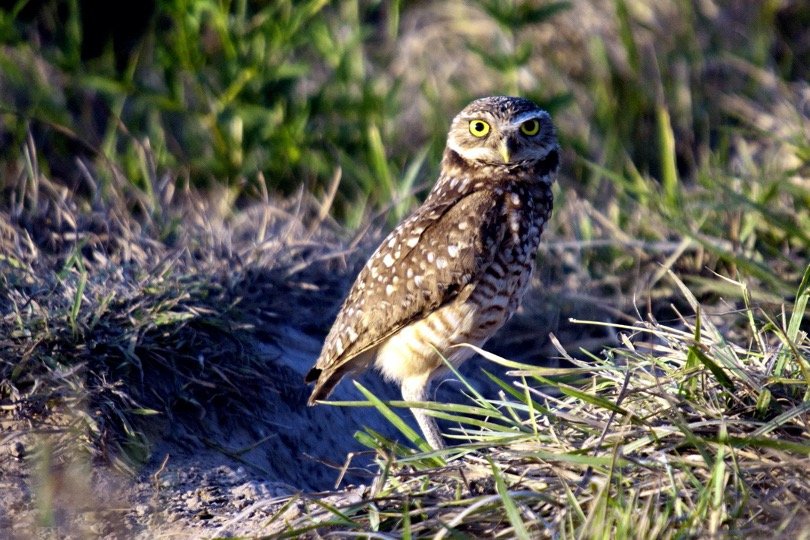
A burrowing owl either lives in a hole that has previously been dug by a skunk or a prairie dog or at times chooses to dig a hole on its own.
It builds its nests here itself and takes cover underground during any adverse weather conditions. These owls live in the western part of the US during the summer season and move to central, southern America during the winter, as well as other parts of the year.
Where Do Screech Owls Live?
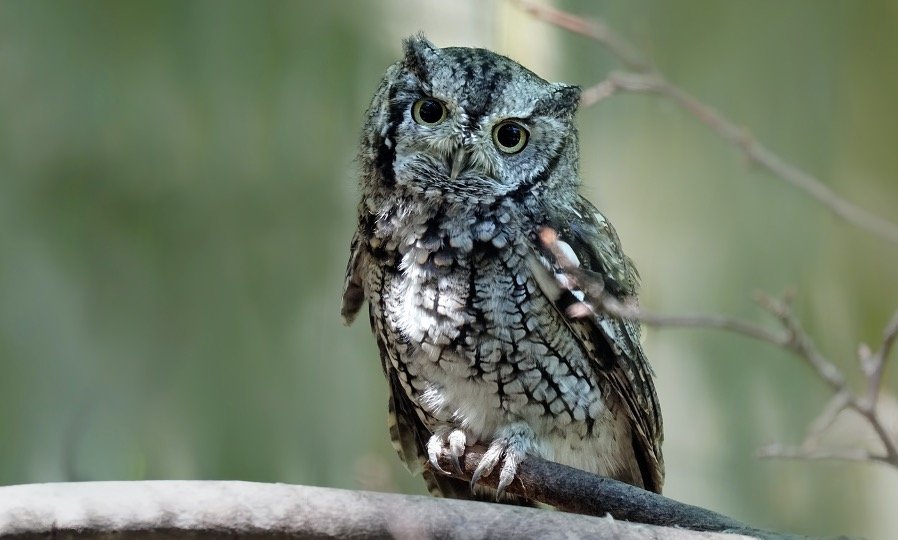
The eastern screech owl grows only to about 9 inches, and its call is a trilled sound. They prefer to take over former woodpecker nests in cavities, and they also like wooden nest boxes.
Males and females roost together and are thought to mate for life. They prefer to live in shade trees in deciduous woodlands. The western screech owl grows to about 8 1/2 inches. It is fairly common in the western half of the United States and prefers wooded canyons, farm groves, shade trees, residential areas and cactus woodlands.
Where Do Elf Owls Live?
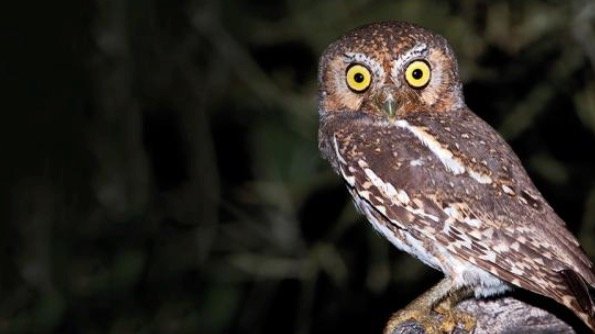
In the Sonoran Desert region, elf owls are found mainly in riparian habitats (places where there is water), or in areas where saguaro cactus are plentiful. Elf Owls live in woodlands and desert cactus habitats in southwest Texas and southern Arizona.
In desert habitats, they often nest in woodpecker holes in tall saguaro cactus. The elf owl is known to migrate in large groups, with patterns of migration varying depending on flock and habitat location.
Some broods of elf owl migrate to the southwest United States; California, Arizona, New Mexico, and Texas, in the spring and summer for breeding. In the winter, it is found in central and southern Mexico.
Where Do Eagle Owls Live?
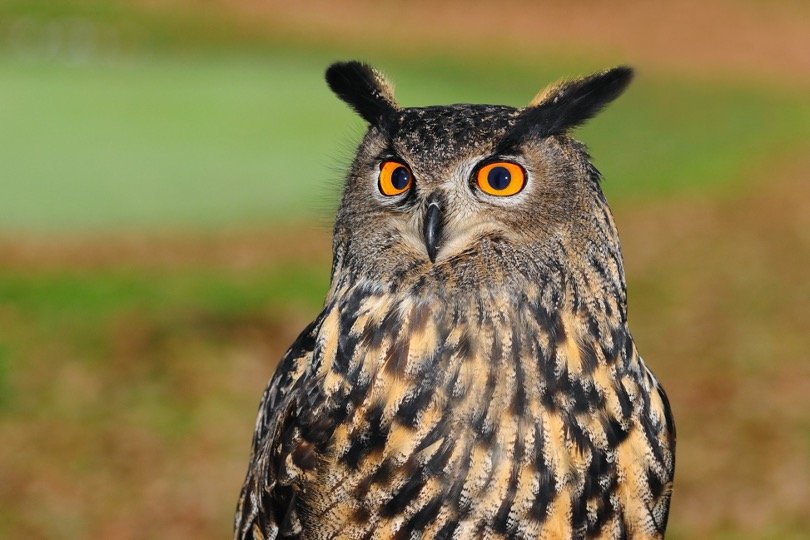
The owl species lives in a variety of different ecosystems. They inhabit mountains, lowlands, forests, and even desert edges. Most Eurasians prefer rocky habitats like cliffsides and rocky outcrops, particularly during the breeding season.
These birds also live in areas close to rivers, wetlands, and lakes, which attract small rodents. Some of these owls also hunt in more urban areas, like farms, pastures, and even public parks.
Where Do Horned Owls Live?
The horned owl is among the world’s most adaptable owls or even bird species in terms of habitat. The great horned owl can take up residence in trees that border all manner of deciduous, coniferous, and mixed forests, tropical rainforests, pampas, prairie, mountainous areas, deserts, subarctic tundra, rocky coasts, mangrove swamp forests, and some urban areas. It is less common in the more extreme areas of the Americas.
Where Do Great Gray Owls Live?
Most great gray owls nest in the dense northern boreal forests across North America and Eurasia. In northern areas their breeding habitat is often the dense coniferous forests of the taiga, near open areas, such as meadows or bogs.
In Oregon and California this owl has been found nesting in mixed oak woodlands. They need mature forest habitat with openings that sustain their primary prey: small rodents.
Where Do Long Eared Owls Live?
Long-eared owls live in forests and shrub lands that are near to open areas, such as grasslands. They can be found from sea level up to 2000 m elevation. They are common in tree belts along streams in dry habitats.
Long-eared owls tend to inhabit usually rather open landscapes with groups of trees, hedges or small woods, as well as pastureland with rows of trees and bushes, any type of forest with clearings, forest edges, semi-open taiga forest, swampy areas and bogs, especially those with willows, alder and poplars, orchards with old fruit trees, parks, cemeteries with trees and bushes, even gardens and timbered areas in villages, towns or cities.
Where Do Pygmy Owls Live?
Pygmy owls average 6.5 inches in length and weigh only 2.5 ounces. The feathers on the bird’s back are creamy brown, and the underside is cream colored with reddish-brown stripes. The northern pygmy owl is native to Canada, the United States, and Mexico.
Their habitat includes temperate, subtropical and tropical moist forest, savanna, and wetlands. The pygmy owl lives along desert rivers, washes, and in pristine Sonoran Desert habitats at elevations below 4,000 feet.
It prefers desertscrub thickets, trees, and large cacti for nesting and roosting. It often lives where ironwood, mesquite, acacia, and saguaro and organ pipe cacti can be found. This vegetation provides good cover for its favorite prey and also shields it from larger birds of prey.
Where Do Tawny Owls Live?
The tawny owl has a distribution stretching discontinuously across temperate Eurasia from Great Britain and the Iberian Peninsula eastwards to western Siberia. These owls make their homes in dense forest and woodland.
These covered landscapes allow them to rest undisturbed during the day. They are mainly found in deciduous and mixed forests and like to be near water.
Green spaces, like cemeteries and parks, in urban areas, have allowed their habitat to expand into places like central London. They also prefer lowlands, especially in colder climates. They are well-adapted to wooded areas, thanks to superior vision and hearing.
Where Do Owls Live During The Day?
While owls hunting during the day, most of them sleep and take a rest after a night of hunting. They return to their resting place called a roost. Some owls may be roosting by themselves and some may roost communally. Roosting is also a good way for an owl to find a mate.
Where Do Owls Live In The Winter?
During the cold winter months, many of us bundle up in layers in order to enjoy the wonders of the outdoors. By this time, many owl species have migrated and are enjoying warmth and a plethora of food further south. But other owl species are resilient and stay with us all winter long.
How To Locate Owls?
It is important to know your subject well. Spotting owls is a challenge; it takes commitment and a great deal of time. Learn which owls are found in the area where you live or where you will be traveling. The easiest way to start is with a checklist of birds, available at most national parks, state parks, and nature centers.
If you should discover an owl, remain quiet and do everything in slow motion. Sink slowly to the ground to appear less threatening. If the owl no longer feels threatened, you may get to watch it relax.
